What is Cast Acrylic?
Cast acrylic, also known as cast plexiglass, is one of the most durable and versatile plastic sheet materials available—offering exceptional clarity and strength for a wide range of applications.It is manufactured using the casting method, where methyl methacrylate monomer and other binding agents are poured in liquid form between two glass molds. This process allows for sheet thicknesses ranging from 1.00 mm to 40.00 mm.Cast acrylic is known for its superior resistance compared to glass and is widely used in engineering, architecture, design, and display systems. While it offers many advantages over other types of plastic sheets—such as better optical clarity, chemical resistance, and surface hardness—it also comes with some trade-offs depending on the application.
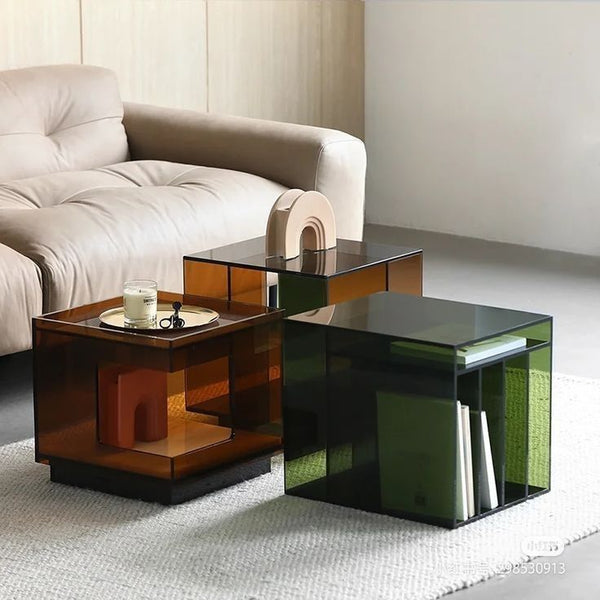
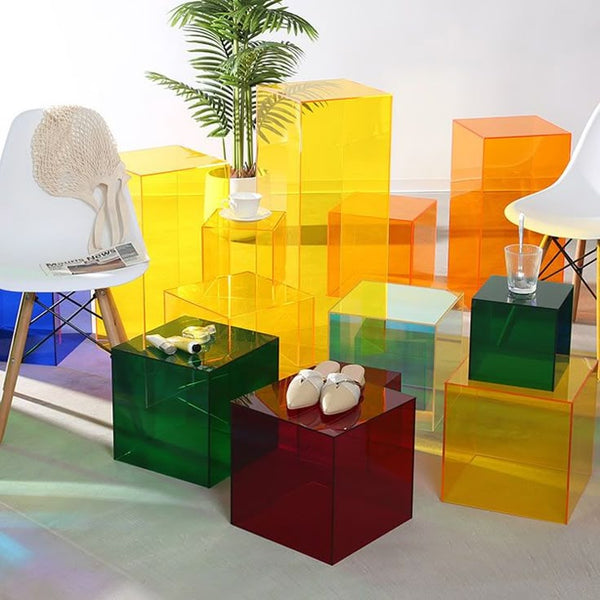
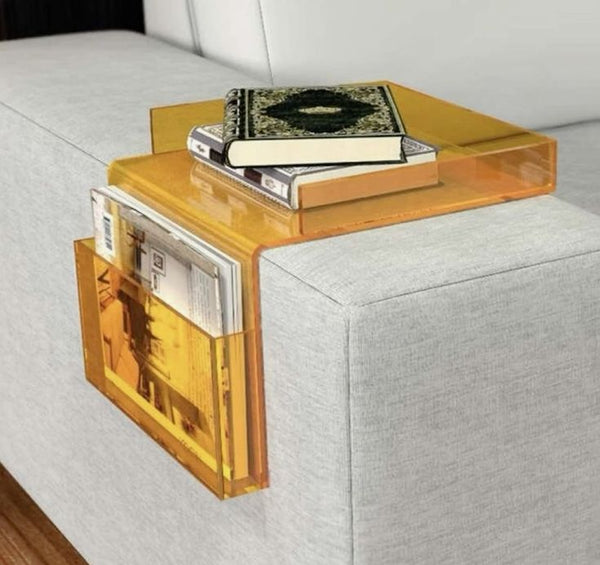
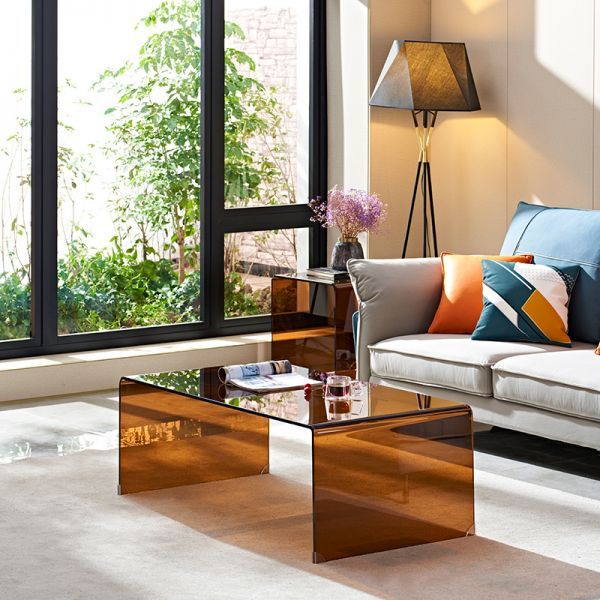



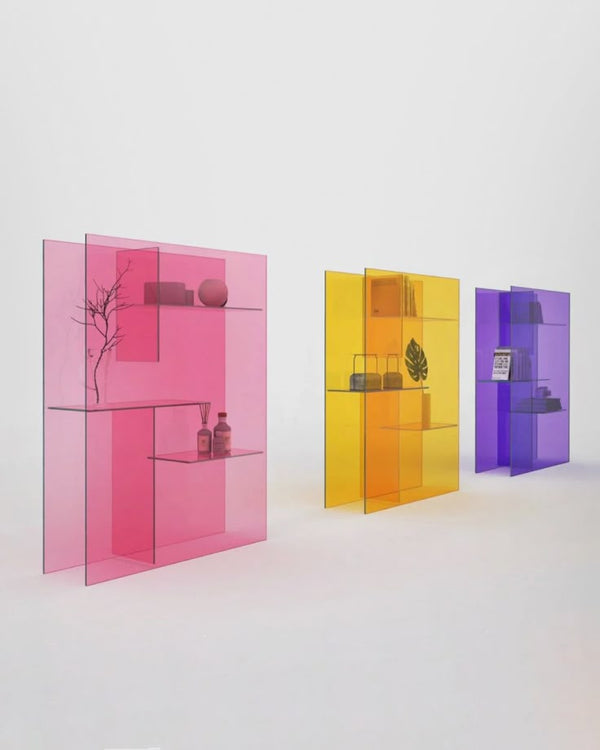
![]()







